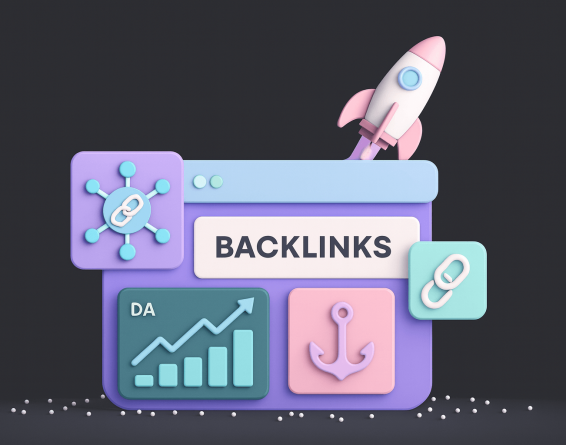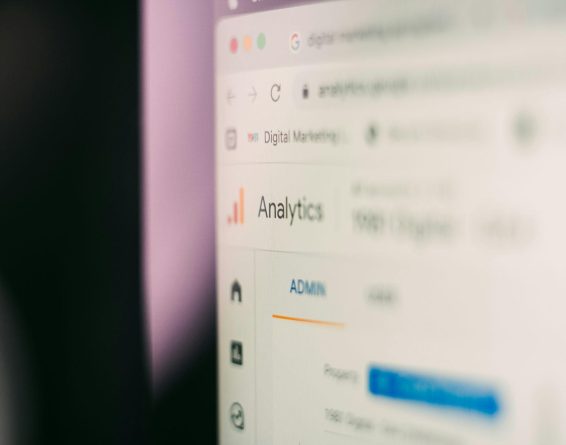Last update: Jan 26, 2025 Reading time: 4 Minutes

With a cookieless digital world almost here, the advertising landscape is up for an extensive overhaul. Here are five advertising trends to expect as users grapple with inflation, redraw their digital privacy lines, fancy a “real” digital self in the metaverse, and beyond.
Inflation will influence campaigns (at least for the short term).
Globally, prices for products and services are on the rise. And rising prices are influencing how people search for them. As a result, search phrases are becoming more cost conscious.
According to Google, searches for “buy one get one” have increased over 60% YOY, with the most popular qualifier in this category being, “buy one get one free.” People are also trying to save where they can by using coupons. Searches for “coupon codes for existing users” have grown globally by over 100% YOY; and people are also increasingly curious if they’re making their purchases at the right time. The increase in search qualifiers like a “good time to buy” shows this. The qualifier “cheap,” too, is popular in 2024.
This evident cost consciousness in search behavior is an advertising trend that’s likely staying for now and will redefine campaigns – even at a granular level – for several industries.
The shift to zero- and first-party data continues.
The advertising ecosystem is still scrambling toward a digital world without cookies.
Naturally, the data such cookies collected has helped the industry build digital profiles of audiences, which, in turn, has helped advertisers show the most relevant messages (ads) that get clicks and conversions.
But as newer digital privacy lines emerge and redefine the data landscape, brands are having to turn to zero- and first-party data. Google recently updated its Google ads privacy playbook and is now directing brands to build direct, one-to-one relationships with their audiences.
Zero-party data: This is data a user gives you. For example, if you ask for your user’s name in your email signup form, and the user provides it, it’s zero-party data. Such data is explicit and declared.
First-party data: This is data that you collect first-hand on your website (or on your other digital properties). For instance, if a visitor lands on your website and consumes content from a specific category, this data counts toward first-party data.
People are three times more likely to react positively to advertising if they feel they control their data. This means it’s important to share with your users how you use their data (for tailored and personalized ads and experiences) and that they own their data (and not you).
Audio ads make a comeback.
Global podcast listening has grown by 42% since the pandemic, and it continues to be on the rise. Audio ads are proving extremely effective, with more people turning to audio content on the go. Podcast advertising is said to surpass the $4 billion mark by 2024.
This should actually not be so surprising, given that podcast ads convert well. In one research, 63% of podcast listeners said they purchased products based on the audio ads they happened to hear.
Audio advertising – more so, podcast advertising – is one thing to look forward to in 2024 and beyond.
Influencers keep their share of the pie.
Influencer marketing is emerging as one of the most effective advertising forms. It’s set to get more mainstream in 2024 and beyond, with even more brands exploring ways to capitalize this advertising trend. The global influencer marketing market is expected to reach 22.2 billion U.S. dollars by 2025.
Mega, macro, mid-tier, micro, and nano influencers help you take your brand to a vast audience (that trusts the influencer they follow as a trusted resource). Also, influencer marketing works at both top- and bottom-funnel metrics. From boosting awareness to closing sales, influencer marketing campaigns promise good ROI.
This growing influencer advertising trend makes this yet another channel brands (both B2B and B2C) might want to add to their paid marketing mix.
The metaverse is coming.
This is almost the next-gen – or generation “Alpha” – thing.
The metaverse – which is a “real” virtual world – is seeing good adoption from both brands and audiences, even with a large cohort clearly not believing it.
While the industry and the audience might be divided, the benefits of advertising by leveraging this virtual world are real. Most brands currently leveraging the platform are taking a hybrid approach. They advertise in the real world and then in the metaverse.
Here’s an example:
Roblox is a metaverse gaming platform where users go to play all kinds of games. To play games on this metaverse, a user creates a digital Roblox avatar for themself by using or buying virtual gear and other items with Roblox’s virtual currency, “Rubox” (that they pay for with real-world money, by the way).
Innovative brands like Vans (a skateboarding shoes and related apparel maker) are entering the metaverse to tap into Roblox’s popularity and audience. In this case, Vans started “Vans World” on the Roblox metaverse, letting skaters try on their favorite Vans gear virtually and experience staking like never before.
We’re seeing interest in the metaverse even in our customers. Recently, we worked directly with Photo/Genics Creative Director to redesign their website by integrating animations and 3D Metaverse avatars into models portfolios as part of their new Metaverse Division.

Over to you…
How do you see your ad ops adapt to these advertising trends? We’d love to hear from you.
About 2POINT: 2POINT is a fullstack digital marketing agency helping brands of all sizes build and grow their digital presence. Get in touch.


You open your content calendar and feel that familiar squeeze in your chest. There is a blog outline still blank, a LinkedIn post you meant to share, email slots waiting for something smart to say, and a video idea lost in your notes while your feeds start to go quiet.

Your inbox fills with offers for “100 DA90 links in 30 days,” while your feed warns about link spam updates, site reputation abuse, and expired-domain schemes. One email promises authority, another hints at manual action, and you end up stuck between FOMO and paralysis

Is SEO worth the money? With every agency and freelancer giving you a different answer, it is hard to know who to trust, and Google, along with AI-driven features like AI Overviews (AIO), keeps reshaping how your brand shows up.